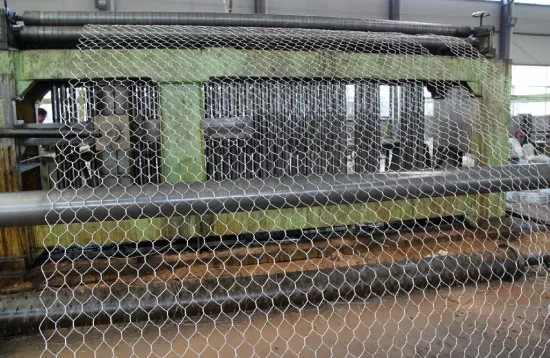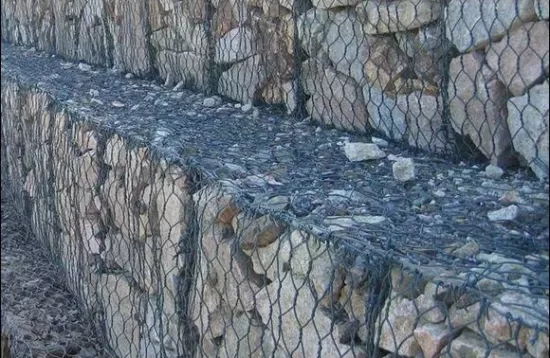
Blast Proof Barrier: Engineering Protection Against Explosive Threats
How Blast Proof Barriers Work: Energy Dissipation Physics
Energy Absorption: Galvanized steel mesh and geotextile layers deform under pressure, converting kinetic energy into heat and friction. Pressure Deflection: Angled or terraced barrier configurations redirect shockwaves upward and away from protected assets. Fragmentation Containment: Compacted fill material (e.g., sand-rubber mixes) traps debris and shrapnel.
Critical Applications: Where Blast Barriers Save Lives
1. Military Base Fortification
Perimeter Defense: Stacked barriers shield against vehicle-borne IEDs (VBIEDs) and rocket attacks. NATO reports zero breaches at bases using JOESCO systems in high-threat zones. Ammunition Storage: Contain explosion cascades within designated areas, preventing chain reactions.
2. Industrial Infrastructure Protection
Oil & Gas Facilities: Barriers withstand vapor cloud explosions (VCEs) up to 15 PSI, containing fires and fragmentation. Chemical Plants: Modular units isolate hazardous material leaks post-blast, enabling safer emergency response.
3. Urban Security & Public Venues
Event Security: Rapid-deploy barriers create instant perimeters around stadiums or political rallies. Critical Buildings: Protect embassies, power plants, and transportation hubs from targeted attacks.
Technical Specifications: Certified Threat Resistance
Advantages Over Traditional Blast Walls
Rapid Deployment Install 100m of blast-resistant wall in under 4 hours with a 3-person crew—10x faster than concrete pouring. Reusability & Cost Efficiency Barriers withstand multiple blasts; pressure-wash and redeploy, cutting costs by 60% versus single-use concrete. Flexibility Modular design adapts to uneven terrain and curved structures, unlike rigid concrete walls prone to cracking.
Case Study: Protecting a NATO Base in Conflict Zones
Deployed QS-12 barriers (2.74m height) in terraced formation around critical assets. Filled with sand-rubber composite to absorb shockwaves and fragment containment. Result: Zero penetrations in 18 months; barriers diverted blast forces upward, reducing structural damage by 80%.
Integration with Other Security Measures
Blast-Resistant Glazing: Pair barriers with polycarbonate windows to handle combined pressure and fragmentation. Active Monitoring: IoT sensors embedded in barriers alert to >5cm deformation or pressure spikes. Anti-Ram Foundations: Anchor kits prevent vehicle push-back during combined ram-blast scenarios.
Procurement Guide for Blast Barriers
Threat Assessment: Determine explosive type (e.g., TNT equivalent), distance, and desired pressure reduction. Site Preparation: Level ground; geotextile underlay prevents soil liquefaction under blast loads. Customization: Choose fill materials based on threat—crushed rock for fragmentation, rubber for energy absorption.






